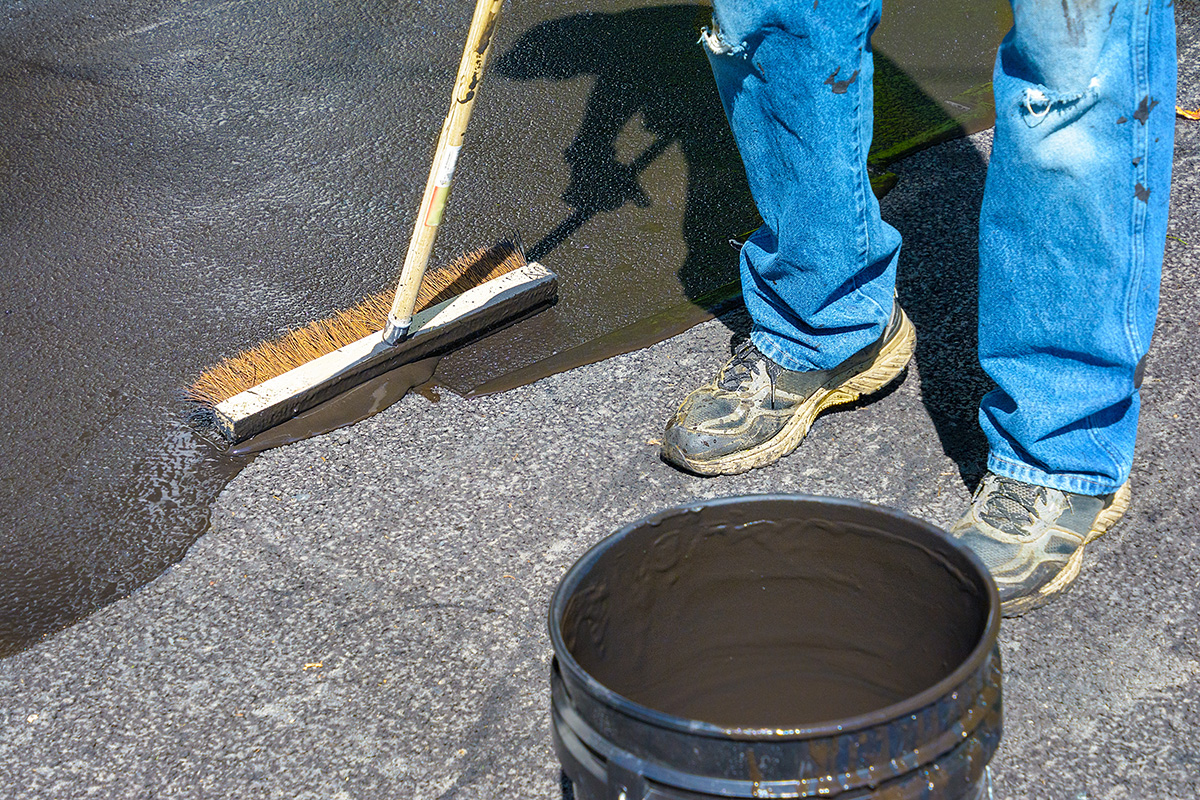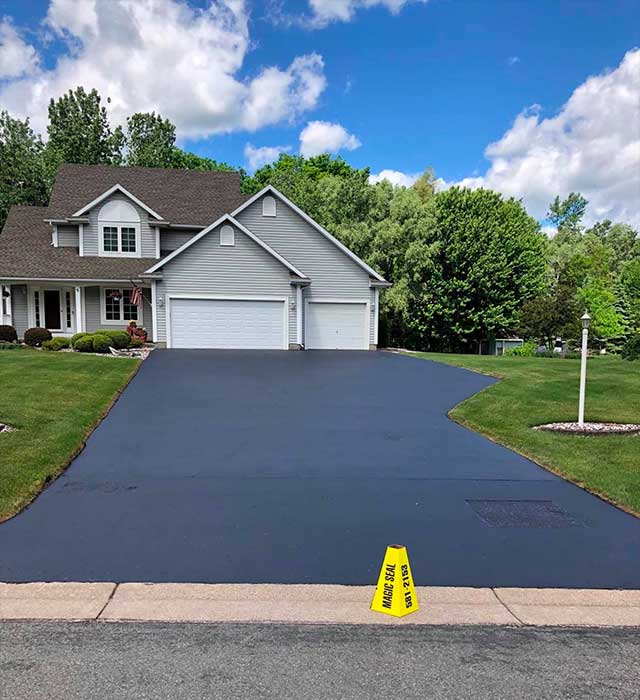Warm Mix Asphalt: A Lasting Option for Sidewalk
Hot Mix Asphalt (HMA) has actually emerged as a leading lasting choice for sidewalk options, offering a myriad of ecological benefits and cutting-edge modern technologies. As the demand for green building techniques grows, discovering the nuances of HMA's sustainability can give important understandings into the future of sidewalk solutions.
Ecological Advantages of Hot Mix Asphalt

Furthermore, Warm Mix Asphalt aids to minimize city warm island impacts. Its dark color absorbs sunlight, minimizing the quantity of warm showed back right into the ambience compared to lighter-colored sidewalks. This can lower ambient temperatures in city locations, decreasing the need for a/c and ultimately minimizing power consumption.
Furthermore, Warm Mix Asphalt adds to enhanced stormwater monitoring. Its porous nature allows water to recharge and infiltrate the pavement groundwater supplies, minimizing runoff and the danger of flooding. These ecological benefits make Hot Mix Asphalt a lasting selection for paving roads and freeways.
Power Effectiveness in HMA Manufacturing
Is energy performance an important variable in the production of Warm Mix Asphalt (HMA)? Absolutely. Energy plays a considerable duty in the production of HMA, impacting both expense and environmental sustainability. One crucial aspect of power effectiveness in HMA production is using cozy mix asphalt (WMA) modern technologies (hot mix asphalt). WMA enables the blending and placement of asphalt at reduced temperatures compared to traditional warm mix asphalt, leading to decreased energy intake throughout manufacturing. This process not only decreases fuel usage yet also reduces greenhouse gas discharges, making it a more eco-friendly choice.
Furthermore, developments in plant innovations have caused more energy-efficient HMA manufacturing processes. Modern plants are created with attributes like recycled asphalt pavement (RAP) processing abilities, reliable heater systems, and boosted insulation, all contributing to power savings. By maximizing power usage in HMA production, the sector can minimize its carbon impact while preserving high-quality pavement materials. Power performance is, therefore, an important consideration in making certain the sustainability of Hot Mix Asphalt manufacturing.
Recyclability of Warm Mix Asphalt
The recyclability of Hot Mix Asphalt (HMA) is a critical element of its sustainability and long-lasting ecological effect. HMA is one of the most recycled products in the United States, with over 100 million tons of redeemed asphalt sidewalk (RAP) being recycled every year in new pavement building. Recycling HMA uses a number of environmental benefits, such as reducing the need for virgin products, lowering power consumption during production, and decreasing the quantity of waste sent out to landfills.
The process of recycling HMA includes grating the existing pavement, crushing it into smaller pieces, and mixing it with new aggregate and asphalt binder to produce a Home Page recycled mix. This recycled mix can commonly perform in addition to or even much better than standard HMA, while calling for less raw products and creating lower greenhouse gas discharges. By integrating RAP into new sidewalk tasks, roadway firms can save natural resources, decrease costs, and minimize the ecological impact of roadway building and construction and upkeep activities. In general, the recyclability of HMA plays a considerable role in promoting lasting methods within the pavement industry.

Long-Term Performance of HMA
Asphalt pavements show sturdiness and resilience over a prolonged period, showing the lasting performance of Warm Mix Asphalt (HMA) Additionally, innovations in HMA technology, such as the usage of polymer-modified binders and warm mix asphalt, have actually better improved the durability and durability of HMA sidewalks. By prioritizing top quality building and construction and maintenance techniques, HMA continues to prove itself as a cost-efficient and lasting remedy for resilient sidewalk framework.

HMA: Longevity and Sustainability
Showing both toughness and sustainability, Hot Mix Asphalt (HMA) has come to be a foundation in the construction of long-lasting sidewalk infrastructures - commercial parking lot paving. HMA's toughness stems from its capacity to withstand hefty tons, rough climate condition, and high web traffic volumes, making it a dependable selection for streets, freeways, and airport paths. The composition of blog here HMA, which normally includes aggregates, binder, and filler, plays a critical role in boosting its long life and resistance to deterioration
Additionally, HMA's sustainability exists in its recyclability and energy-efficient production process. The capacity to recycle reclaimed asphalt pavement (RAP) in brand-new HMA mixtures decreases the need for virgin products and minimizes the environmental effect of sidewalk construction and maintenance. Furthermore, the power performance of generating HMA hinges on its lower mixing temperature levels contrasted to various other sidewalk materials, leading to decreased power intake and greenhouse gas exhausts.
Verdict
To conclude, warm mix asphalt (HMA) supplies a lasting solution for pavement with its environmentally friendly characteristics. HMA's recyclability, energy efficiency in production, and long-term sturdiness make it a green selection for roadway building and construction. By preserving natural deposits, minimizing waste, and reducing greenhouse gas discharges, HMA plays an important function in promoting sustainability in infrastructure development. Its capacity to minimize city warm island impacts even more underscores its importance in creating resistant and eco mindful sidewalk systems.
HMA is one of the most recycled materials in the United States, with over 100 million tons of redeemed asphalt pavement (RAP) being recycled every year in new sidewalk construction.The procedure of recycling HMA entails grating the existing pavement, squashing it into smaller sized pieces, and blending it with new aggregate and asphalt binder to develop a recycled mix.Asphalt pavements show longevity and strength over a prolonged duration, mirroring the lasting efficiency of Warm Mix Asphalt (HMA) In addition, developments in HMA technology, such as the usage of polymer-modified binders and warm mix asphalt, have actually even more boosted the toughness and longevity of HMA pavements. The capacity to useful link reuse recovered asphalt pavement (RAP) in new HMA combinations decreases the need for virgin products and reduces the ecological impact of pavement building and construction and maintenance.